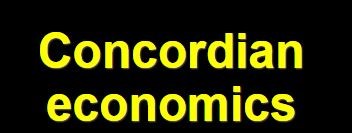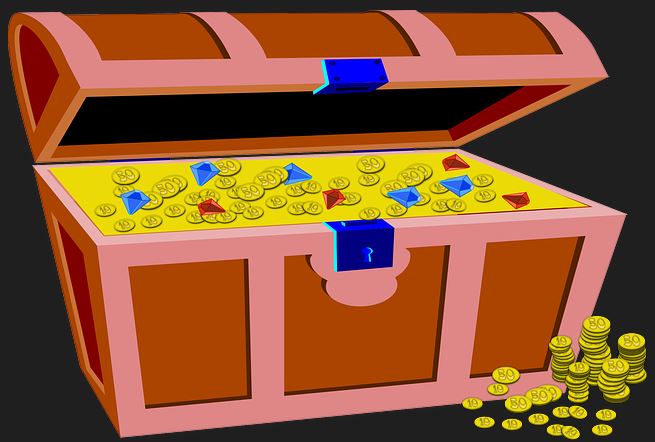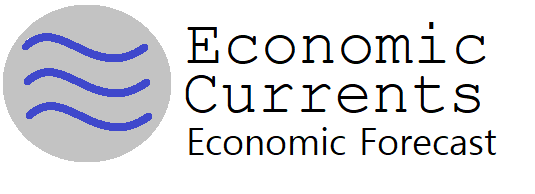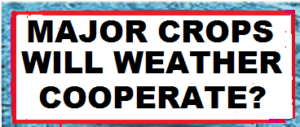The Double-Edged Sword – The US Dollar As The World’s Primary Reserve Currency
The Congressional Budget Office has produced a paper entitled “The U.S. Dollar as an International Currency and Its Economic Effects” which they summarized as follows:
The U.S. dollar plays an important role as the most widely used currency in global goods, services, and financial markets. Strong international demand for U.S. dollars and dollar-denominated assets associated with the dollar’s status as an international currency has increased the value of the dollar in foreign exchange markets and the value of dollar-denominated assets in financial markets. As a result, the dollar’s status has contributed to persistent U.S. trade deficits and, by lowering interest rates, to increased access to credit for U.S. households, businesses, and the federal government. Over the next decade, the dollar’s international use is expected to decline very gradually, in the Congressional Budget Office’s assessment, but it will not be overtaken by either of its closest competitors, the euro or the Chinese renminbi.
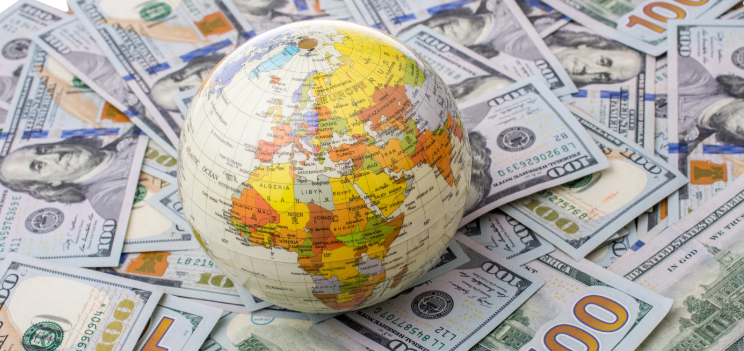
 The Federal Reserve data release (Z.1 Flow of Funds) – which provides insight into the finances of the average household – shows improvement in average household net worth. Our modeled “Joe Sixpack” – who owns a house and has a job, but essentially no other asset – is worse off than he was last quarter.
The Federal Reserve data release (Z.1 Flow of Funds) – which provides insight into the finances of the average household – shows improvement in average household net worth. Our modeled “Joe Sixpack” – who owns a house and has a job, but essentially no other asset – is worse off than he was last quarter.
